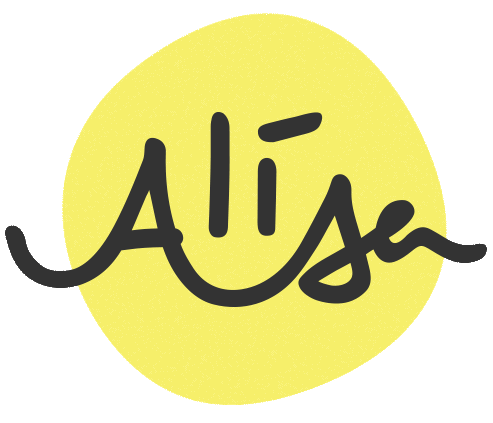5 Takeaways from the Universal Design Symposium
On November 27th, 2018 I attended the Universal Design Symposium in Downtown Los Angeles in order to learn more about the power and opportunity of accessibility. The Universal Design Symposium was hosted by WITH Foundation & Sidebench where I heard from Jutta Treviranus from the Inclusive Design Research Centre, OCAD University, Elle Waters from Level Access, Tiffany Yu from Diversability, and Cassy Gibson from Sidebench. The following is 5 key takeaways from the event.
1. Numbers don't count.
Take note of how often we talk about the "average", "normal", "majority", etc. The 80/20 principle may seem logical, but creates wide cracks for millions of people to fall through. In fact, spanning permanent, temporary, and situational circumstances, 21 million+ product users could "have one arm", 39 million users may be using a screen reader, 246 million users may be using screen magnifiers. 82% of these users are 50 years and older. Do we really want to leave all these people out of our designs? And the point is, it's not about the numbers. AI, aggregated data, or even empathy exercises aren't enough. Simulations for driverless cars are still running people over. There's no replacement for real human interaction, relationships, and understanding.
2. Innovation and disruption happens at the edge.
Many things we can't live without now are a response to a problem or need that a niche group of people had toiled over. For example, the typewriter, the telephone, the headset, microphone, loud speaker, text to speech, etc. An idea has to be adopted before it spreads and those ideas are likely to be sparked by opportunities outside of the most saturated markets.
3. Consider the true cost.
Think of disability as a mismatch between the needs of an individual and the product, service, experience, or environment that's offered. It's 10x as costly for a braille reader to go on the internet. We're all different, but certain differences can affect people's lives on multiple levels through design and products, education, work, and government.
4. Consider timeless best practices.
This affects most people, but also neuro-divergent, non-native language speakers, low vision users, and color blind users. Use plain language, iconic representation, color contrast, and appropriate proximity. Consider multiple ways to approach a task. When in doubt, something “obvious” is the way to go. You'll need HTML to test for people with mobility challenges or users who are blind for digital products. Consider guidelines on w3, and don't forget your alt-text. People will hold you accountable so you need to be open to feedback and iteration.
5. Accessibility demands that you are actually good at your job.
Inclusive designers ask better questions and know that accessible doesn't have to be ugly! Incorporate accessibility into your success criteria early on and your designs will boost impact, reach, and longevity. People will be appreciative and loyal to products that work for them.


